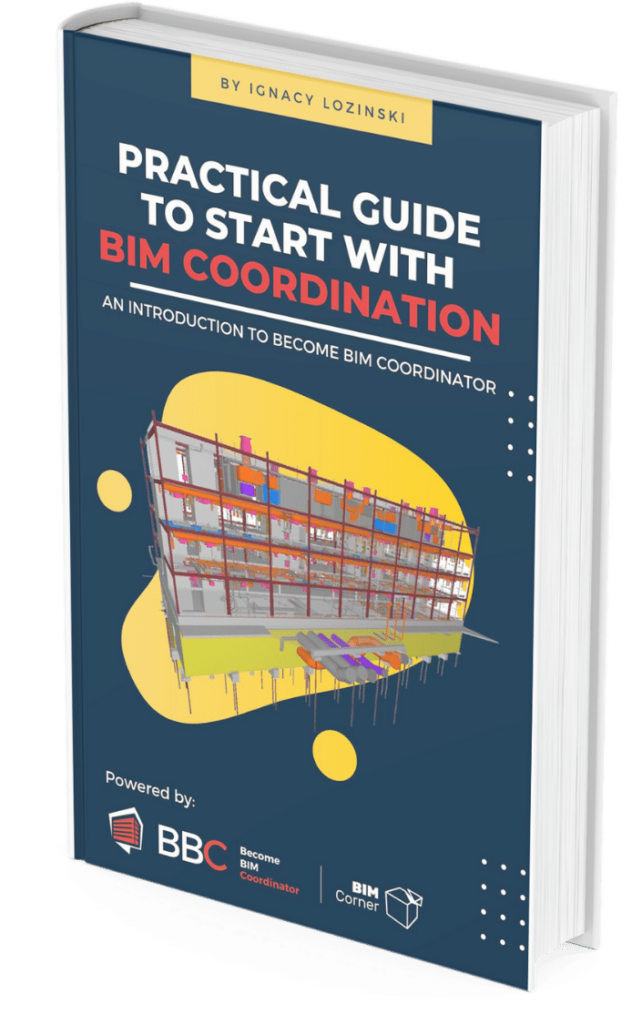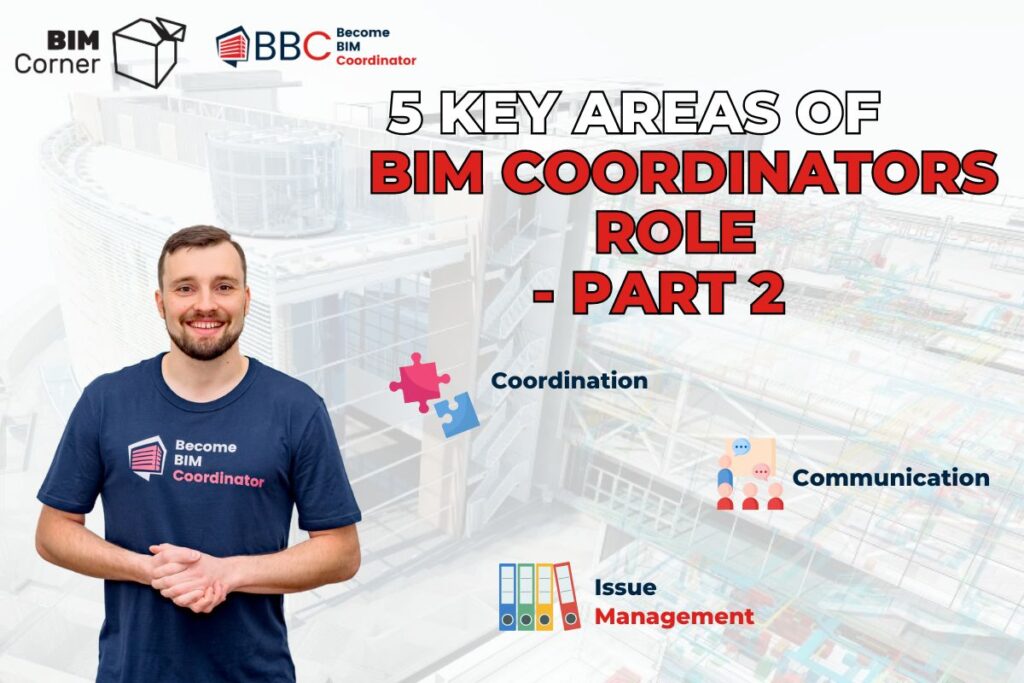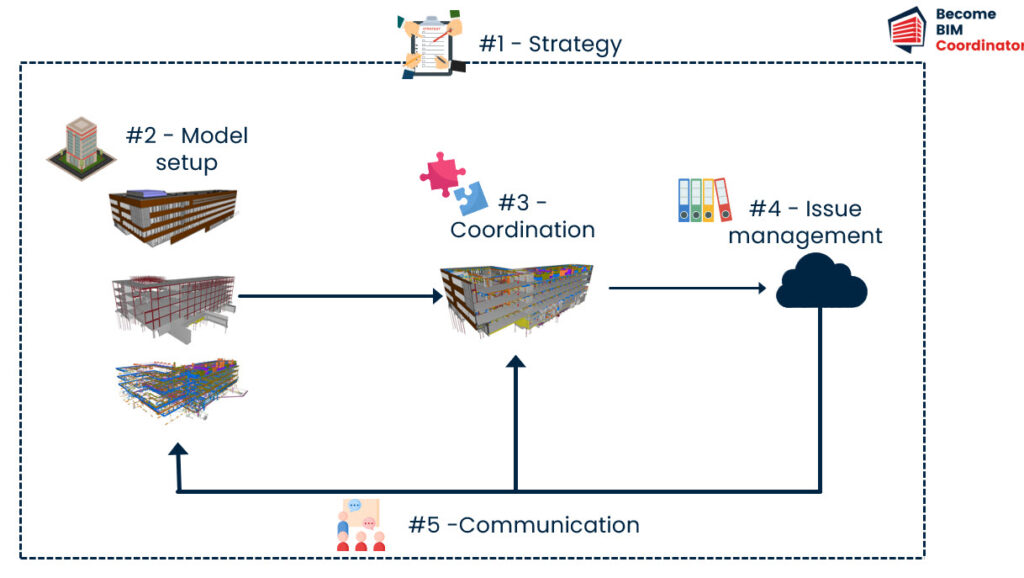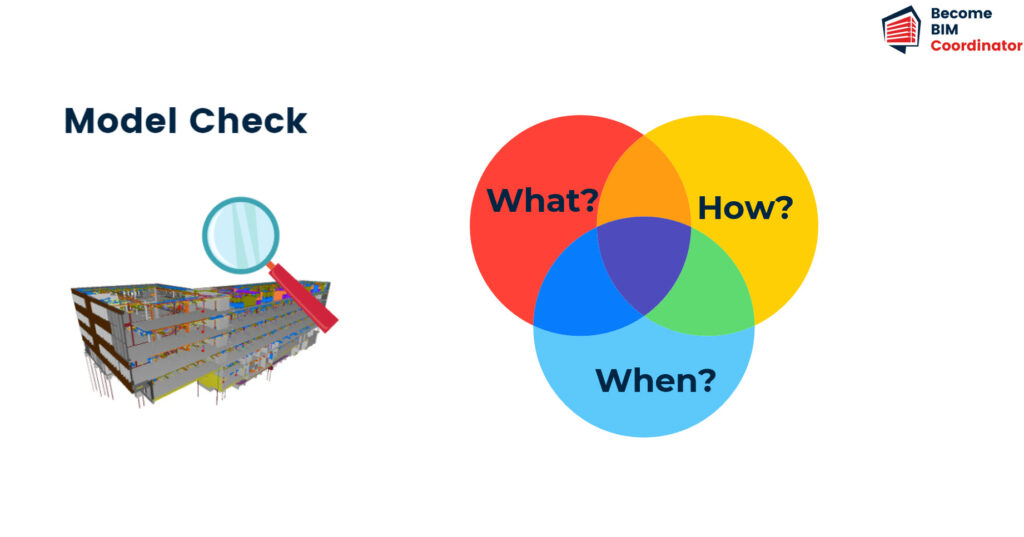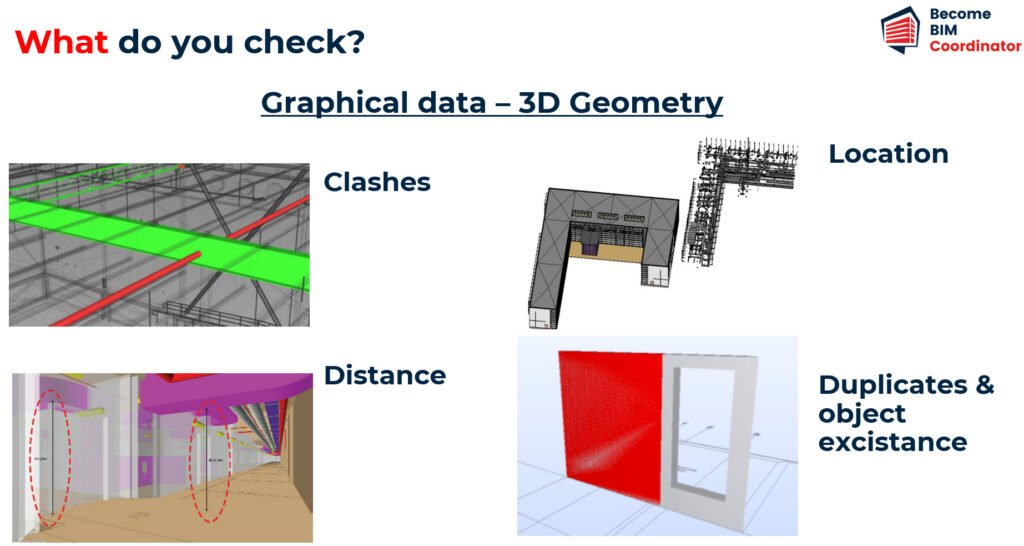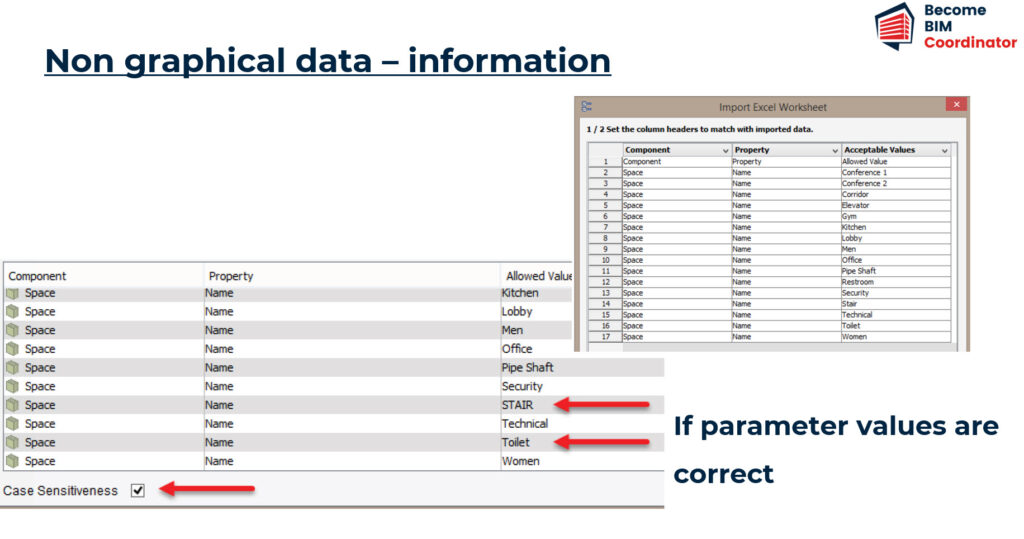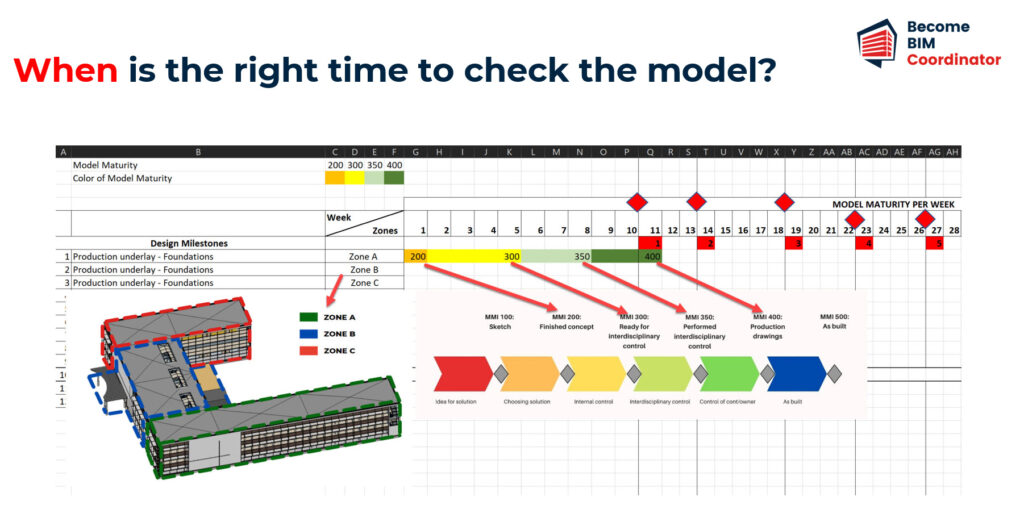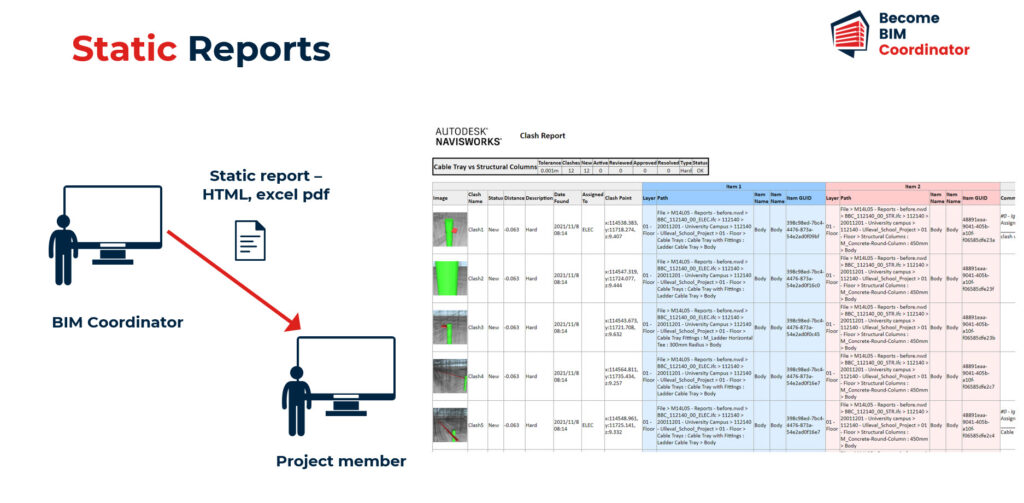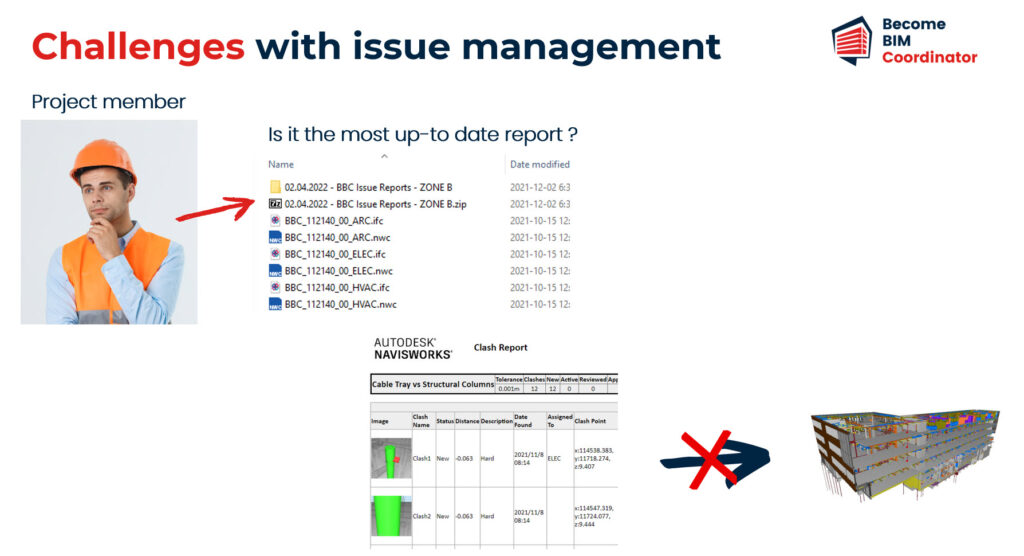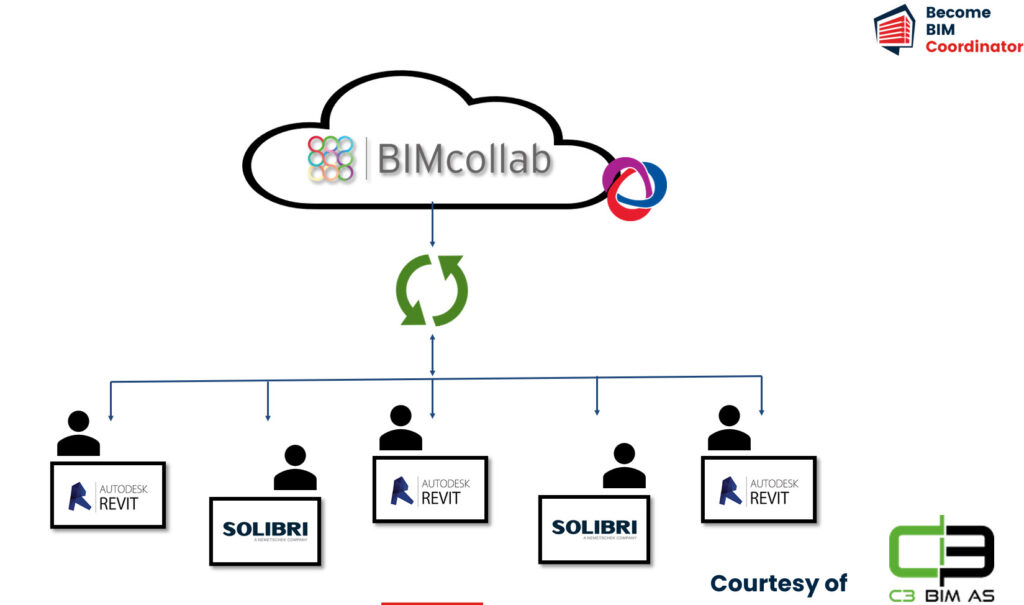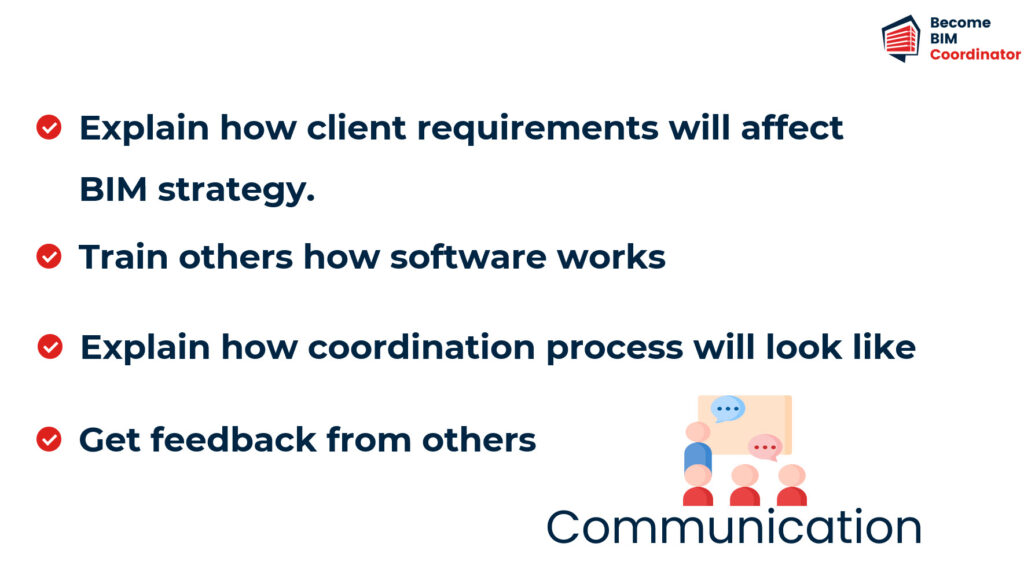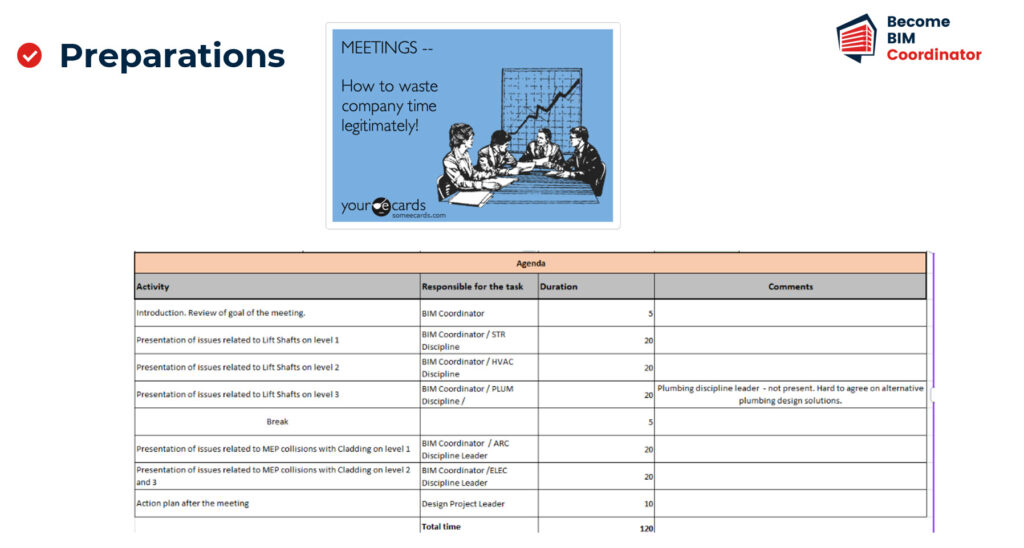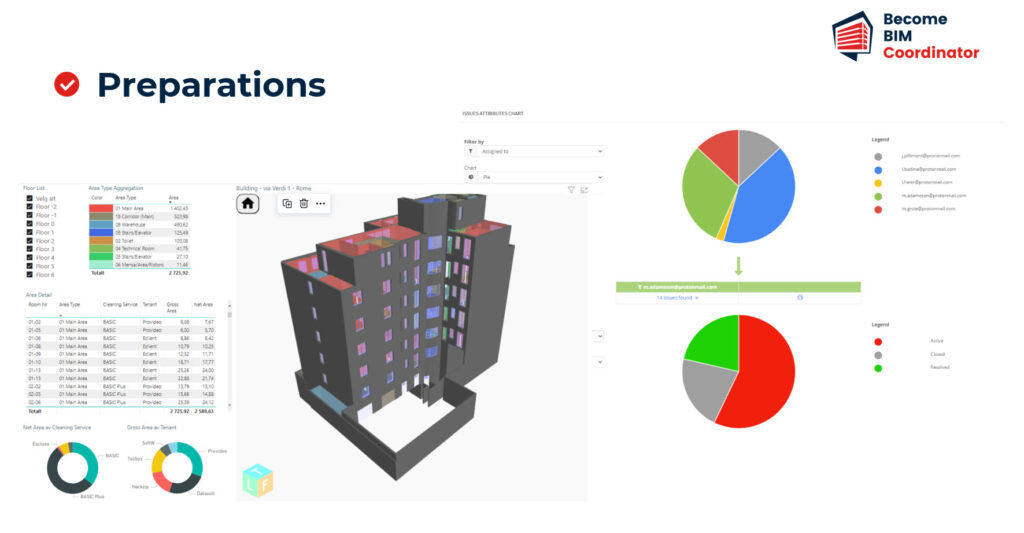Last week, we began examining the five key aspects of a BIM Coordinator’s role: Strategy, Model Setup, Coordination, Issue Management, and Communication.
These areas intersect and overlap, underscoring that BIM Coordination is not merely model checking, but a multifaceted profession with diverse responsibilities. In the first part of the article, we tackled the first two areas.
This week, we will delve into the remaining three.
If you haven’t had a chance to read the first part, here is the link👇
https://bimcorner.com/bim-coordinators-role/
Now, without further ado, let’s begin.
#3 - Coordination
Let’s now talk about the third area of a BIM Coordinator’s work. This time let’s talk about Coordination.
We, as BIM Coordinators will be working in this area most of the time, so we’ll stay here for a while:)
In the previous article, I highlighted the role of a BIM Coordinator in assisting design teams to build their models and ensure data quality.
These models are then forwarded to the BIM Coordinator for a quality check.
As BIM Coordinators, our responsibility is to ensure all the models we review meet the required standards. We discussed these standards in the strategy phase (in the first part of the article).
Essentially, we analyze BIM requirements, determine what needs to be checked in the model, and then perform a model check.
Model Checks
Alright, so when we talk about model checking, this is where things really start to get interesting!
Before we get started, there are three key questions we need to grapple with. These are going to form the backbone of our process and guide us every step of the way.
- First up, we’ve got to figure out exactly WHAT it is we’re going to be checking within our model. This might sound straightforward, but trust me, it’s not as simple as it seems. There’s a lot of things we need to consider, so we’ll need to be specific and clear about what we’re looking for.
- Then we need to decide on HOW we’re going to go about this check. This is about the tools we’ll use, the methods we’ll employ, and the approach we’ll take. We’re not just ticking boxes here, we’re conducting a thorough, comprehensive, and systematic review.
- Finally, we’ve got to pin down the timing of it all. WHEN is the ideal moment to carry out this check? Timing is crucial here. We don’t want to start too early, but we also can’t afford to leave it too late. So, we’ll need to determine the perfect window for our check.
WHAT we check - Graphical data
As I mentioned before there are many things we can check in the model. I divided it into 3 groups. The first one is geometry.
Typical geometry checks can include:
- Collisions: This is the most popular check, involving whether the 3D geometry of different building elements clash with each other.
- Distances: This involves checking if the distance between two or more elements is appropriate.
- Location: We check whether the models are properly aligned in relation to each other and use the same coordinate system.
- Duplicates control: This involves checking whether there are two identical model objects in the same place.
- Presence: We check the existence of certain building elements.

WANT OT LEARN ALL 5 AREAS OF BIM COORDINATION? JOIN MY ONLINE PROGRAM TO BOOST YOUR SKILLS
WHAT we check - Non-graphical data
The next aspect to examine is the non-graphic data.
This type of review concentrates on information stored in parameters within the model. Typical checks may include:
- Confirming the presence or absence of parameters, meaning we examine whether the necessary parameters exist within the model.
- Verifying if parameter values are empty. If a parameter has a value, we then check if these values are accurate or fall within acceptable ranges.
In this process, we look for:
Errors related to text such as incorrect use of spaces, case sensitivity, use of forbidden symbols, and incorrect data types. For instance, inputting a letter when a number is expected.
These are the elements we examine and verify.
WHAT we check - standards, regulations
In the third group, we perform checks to ensure the model meets all design requirements, building regulations, and standards. These checks could involve various things.
For instance:
- Confirming the model meets minimum dimensions for wheelchair accessibility
- Verifying that the building contains the required minimum number of toilets and bathrooms
- Checking if the model meets the requirements for the minimum window area in relation to the floor area
These checks give us a general understanding of what the client might expect from our models.
HOW do we check the model?
The next question we need to address is how to check the model. There are several ways to do this.
Firstly, we need to identify the program we will use for this check. There are several viable alternatives. If you’re unsure where to begin, choose the most popular one.
Navisworks and Solibri are two that should suit your needs.
The next task involves understanding how to configure these programs for efficient model checking.
As BIM Coordinators, we often handle the setup of coordination programs to meet project requirements.
WHEN do we check the model?
Another crucial aspect of the coordination process is knowing precisely when we’ll perform a check.
Firstly, we need to identify the project’s milestones. With this information, we can align our activities with the project’s actual progress.
Knowing the milestones helps us determine when disciplinary models should be mature enough for a check.
Without knowledge of these milestones, our coordination plan would be mere guesswork.
Setting milestones, delivery dates, or data drops (however you will call it) allows us to plan our coordination schedule effectively. However, planning such a schedule is not an easy task.
There are several aspects to consider:
- We need to determine when the models are mature enough for checking.
- We need to identify specific model requirements to check at certain times.
Remember this crucial point – coordinating BIM models without a prior plan can lead to problems.
Coordination - Conclusion
People who want to become a BIM Coordinator need to understand the whole coordination process. Before we perform any kind of check, we analyze BIM Requirements that we received from the client, and we start preparing for the check.
So we need to figure out, WHAT we are checking, HOW we are going to check, and WHEN we will perform such check.
Only having these 3 answers in place, we can create the correct coordination strategy for the project.
#4 - Issue Management
Now let’s move on to the next area of BIM Coordinator work
Once we go through the coordination process, the next area is Issue Management.
As previously mentioned, a BIM Coordinator is responsible for checking BIM models. During this process, we often find issues that could be clashes between model components or problems with model data.
I worked on a construction project where we found literally hundreds of potential issues. The key to successful coordination is not just identifying these issues, but knowing how to prioritize them. It’s almost impossible to go through each one individually.
The primary role of a BIM Coordinator is to filter out issues that may affect the construction work and need to be addressed immediately, while disregarding minor, irrelevant modeling issues.
Static reports
What is also very important is organizing and managing all the issues that we found.
So basically, after the check, the BIM Coordinator sends issues to project members who are responsible for fixing them.
Often, such reports are saved as a static document. It can be an Excel spreadsheet, or an HTML file, or a PDF.
Here is how issue reports may look like as an HTML.
There are still many companies that use just this type of reports saved in static files.
But using such reports is not efficient, and I don’t recommend it to anyone.
During the checking process, I may send several reports per week.
One problem that arises is: How can we ensure that project members are viewing the most up-to-date reports?
Another issue is how consultants will identify problems in their 3D models if they’re using static reports, which are completely detached from the modeling software.
Therefore, a BIM Coordinator should be aware of these challenges and strive to find the best solutions.
Alternative to static reports
I always recommend that BIM Coordinators use the BCF – BIM collaboration format for issue exchange, and tools called Issue Managers. Having an issue manager in place, we don’t have to worry too much about where we will keep our reports.
Issue Management applications like BIMCollab or New Forma Konekt – formerly BIM Track, can help us in this regard and solve most of the mentioned challenges.
They are cloud applications, so all issues are stored in one place. Everyone involved in the coordination process has access to all up-to-date data.
They are integrated with coordination software and modeling software, so there is actually no need to send any issue reports in the form of static files.
My students need to know how to use Issue Managers properly and integrate them with coordinating and modeling programs.
Hence, I know that the student uses the best possible methods of work.
#5 - Communication
And the last but not least aspect of the BIM Coordinators work is communication.
We can have an excellent strategy, we can also correctly set up models.
We may also have good coordination skills and know how to manage issues effectively.
But, if we don’t know how to communicate with our team, the entire coordination process may fail. That’s why communication part is so important.
As BIM Coordinators, our role in projects is to offer support and guidance to all stakeholders involved. We are there to provide a helping hand, making the process smoother for everyone.
One major part of our job is to explain how the requirements from the client will influence the BIM strategy we adopt.
We also have the responsibility of educating others on how to effectively use different programs associated with the project. Furthermore, we are tasked with clearly outlining how the coordination process will function throughout the project.
We also value feedback from others as it helps us improve our process and approach.
Communication is key in all these aspects, and one common way we facilitate this is through organized and effective meetings.
Meetings preparations
Many people see meetings as a waste of time, and often, they’re right. That’s why, as a BIM Coordinator, you need to be ready for every meeting you run.
Having a good agenda and setting clear goals is key. Knowing what you want to achieve in each meeting can make a big difference!
When it comes to having an effective meeting, it’s not just about showing up and diving straight into the agenda. It requires a bit more forethought and preparation. Now, let’s say we’re gearing up for a coordination meeting.
What can really make a difference and bring everyone on the same page is generating some diagrams that represent the issue metrics of the project.
Think about it: these diagrams serve as a visual snapshot of our project’s current standing, and they can really illuminate whether we’re on track or veering off course. But the real magic of these diagrams?
They’re like a spotlight, highlighting the areas that need our attention and improvement.
They can also pinpoint where the project’s bottlenecks are, those pesky areas that are slowing down our progress.
In essence, these diagrams serve as a compass, guiding project stakeholders to understand the project progress better and see what needs tweaking or where extra resources are needed.
So, a bit of time spent on creating these diagrams? Definitely worth it!
Coordination meetings mistake
One important skill a BIM Coordinator needs to develop is the ability to manage and lead meetings effectively. This isn’t a skill that you can pick up overnight. It requires practice, experience, and confidence to truly excel.
The BIM Coordinator is not just a participant in these meetings, but also a leader, guiding the discussions and holding people accountable for their tasks.
Learning to manage meetings well is a process. As with any learning process, you’ll likely make a few mistakes along the way. But don’t worry, that’s normal! It’s all part of the journey.
To help you avoid some common pitfalls, I’ve created a video where I go through some of the typical mistakes made during meetings and give advice on how to address them👇.
So, remember, becoming a proficient BIM Coordinator involves mastering many different aspects, and managing meetings is a crucial part of that.
Keep practicing, learning from your mistakes, and soon enough, you’ll see improvements in your ability to lead effective and productive meetings.
Summary
So today we discusses the roles and responsibilities of BIM Coordinator in: Coordination, Issue Management, and Communication areas.
Remember that in Coordination, we aids design teams in building models and ensures their quality. The models are checked against certain standards which are set in the strategy phase. The checks are performed on geometry, non-graphic data, and compliance with design requirements and standards.
When it comes to Issue Management we manage problems that arise from the coordination process. BIM Coordinator has to prioritize major issues that could affect construction and manage them effectively. I recommend that you will use Issue Manager applications to simplify the process.
Last but not least, we talked about communication as a crucial aspect of a BIM Coordinator’s work. Meetings stands in the center part of it. Remember that good communication can significantly improve the coordination process and ultimately lead to a successful project.
